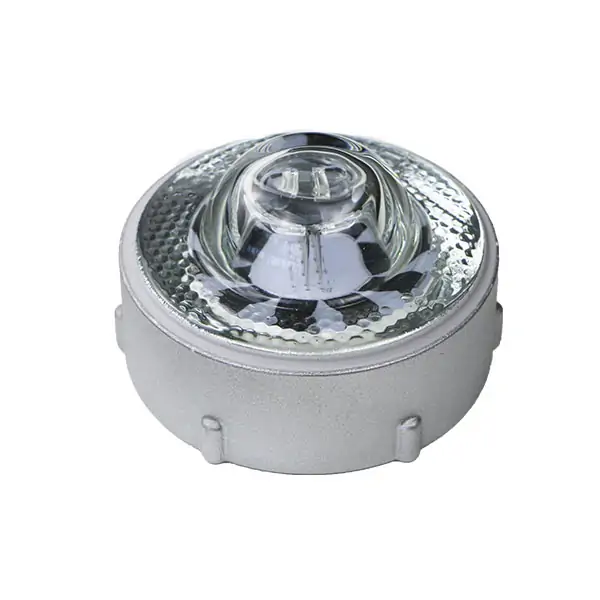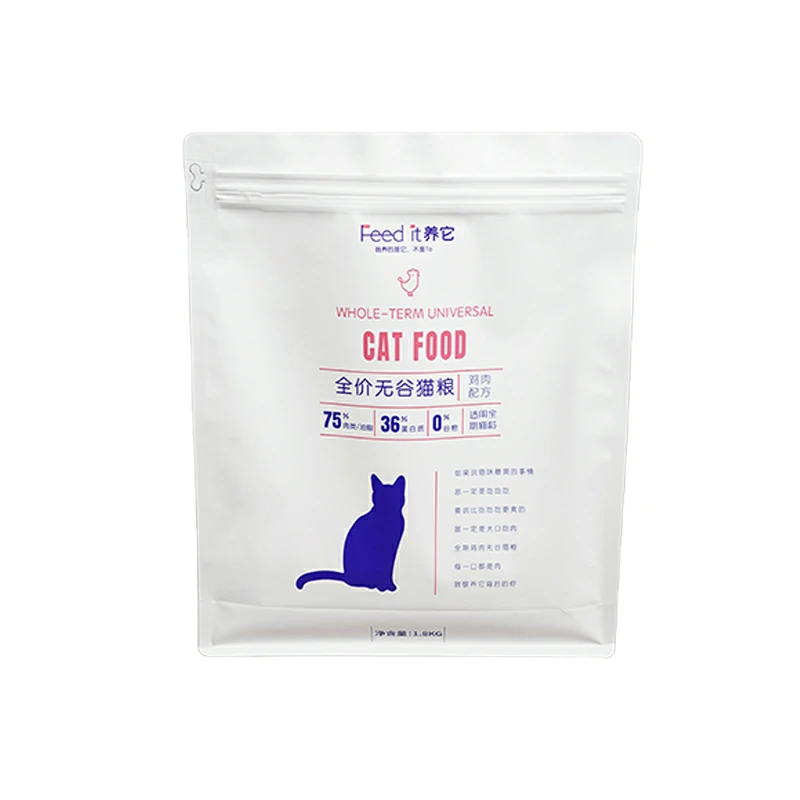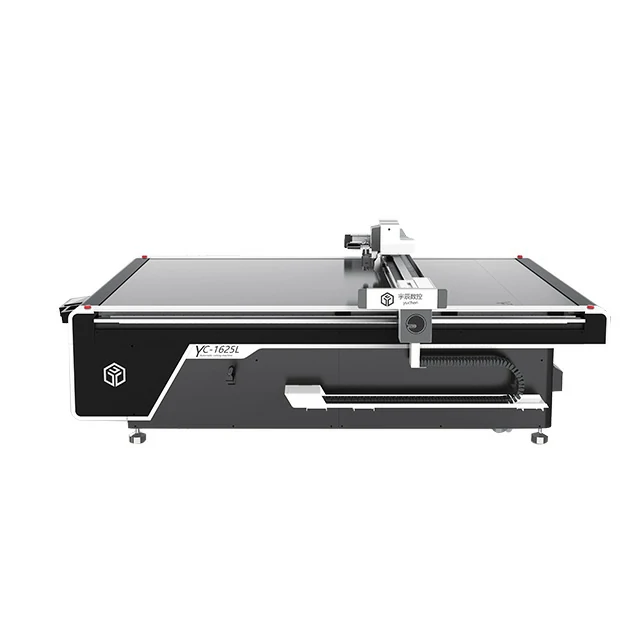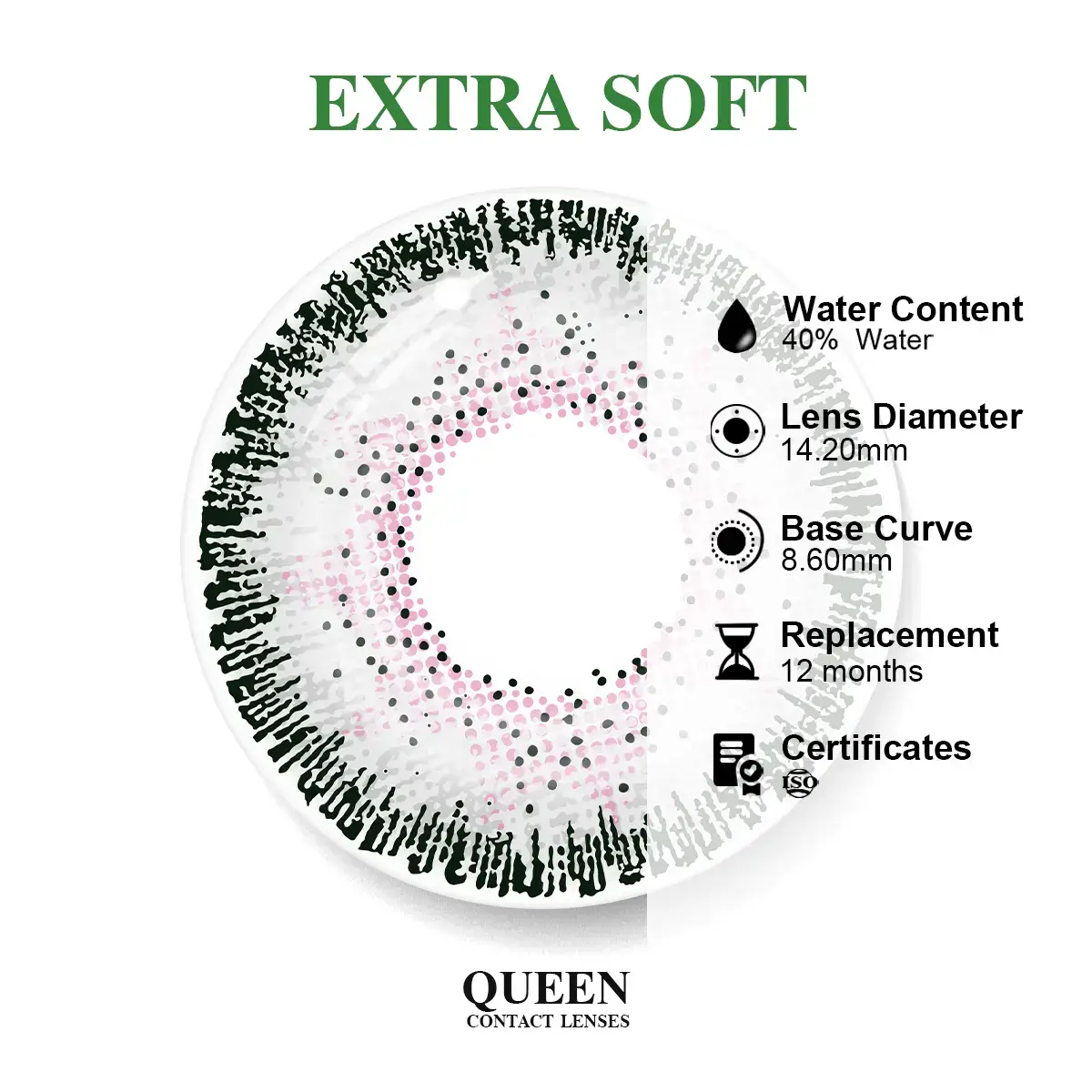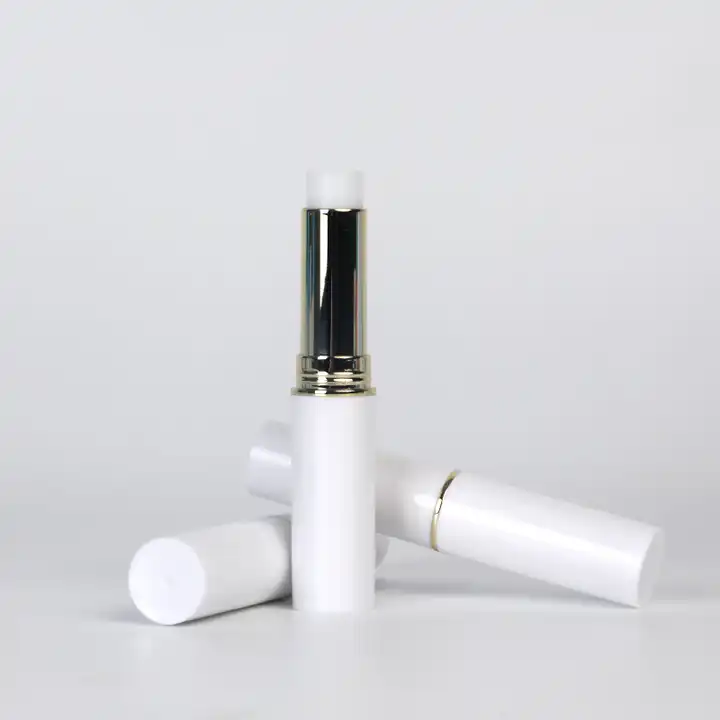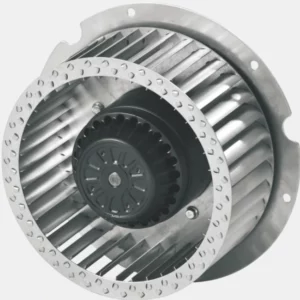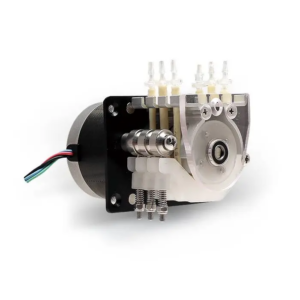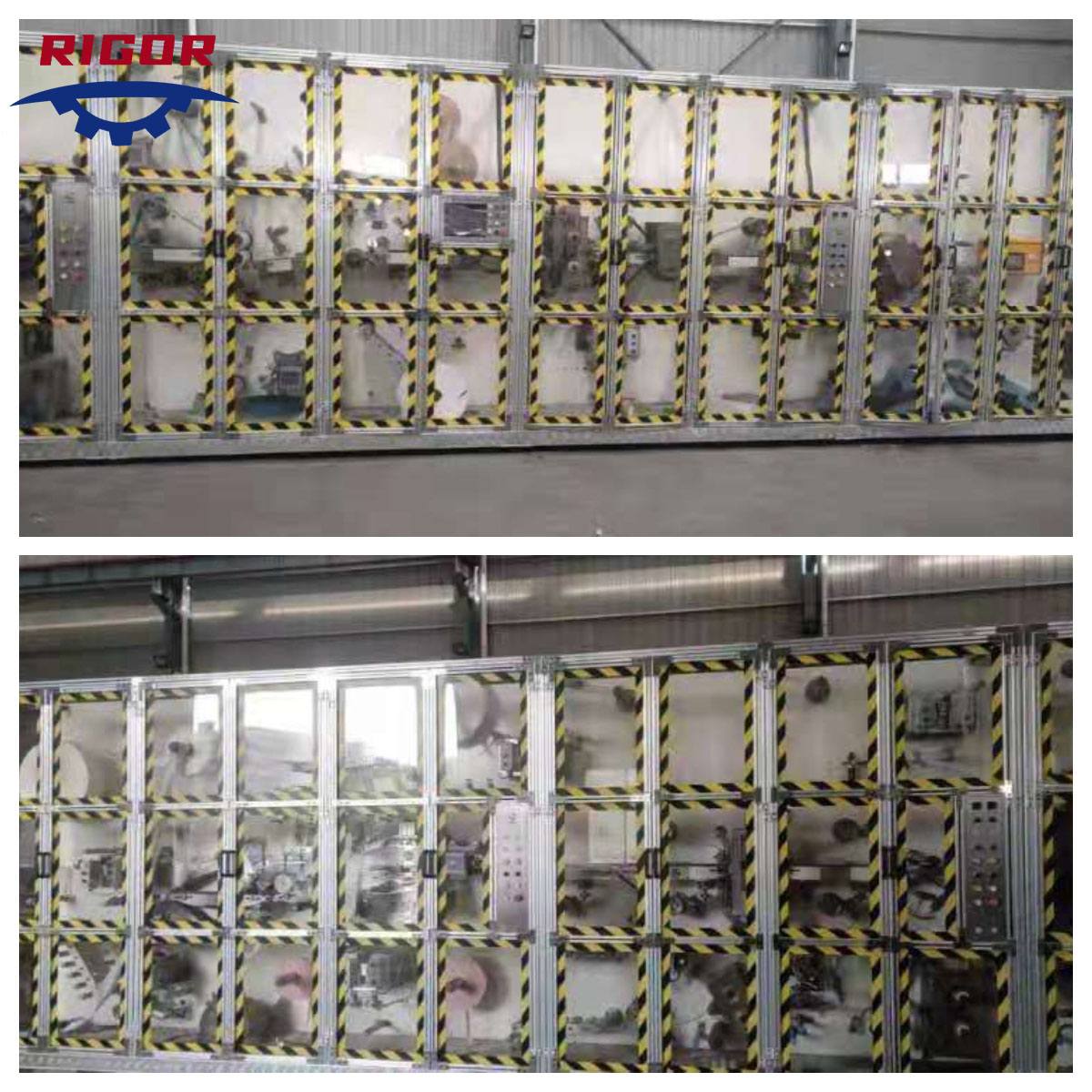Folding traffic cones contribute to the concept of smart and sustainable cities by providing flexible and adaptive solutions for traffic management and road safety.
Here are ways in which folding traffic cones contribute to the smart and sustainable city concept:
- Space Efficiency:
- Folding traffic cones are collapsible and can be easily stored in a compact form when not in use.
- Their space-efficient design allows for convenient storage and transportation, making them suitable for urban environments with limited storage space.
- Reduced Storage and Transportation Costs:
- The collapsible nature of folding traffic cones reduces storage requirements and transportation costs.
- Municipalities can optimize their logistics, saving resources and contributing to cost-effectiveness.
- Quick Deployment and Retrieval:
- Folding traffic cones can be rapidly deployed and retrieved, providing agility in responding to changing traffic conditions or emergency situations.
- This quick response capability enhances traffic management efficiency.
- Adaptability to Dynamic Traffic Situations:
- The flexibility of folding traffic cones allows for their deployment in various configurations to adapt to different traffic scenarios.
- Cities can use them for temporary road closures, construction zones, events, and other situations requiring dynamic traffic control.
- Enhanced Visibility and Safety:
- Folding traffic cones are typically made of highly visible materials with reflective elements, ensuring their visibility both day and night.
- Improved visibility contributes to enhanced road safety for drivers, pedestrians, and workers in construction zones.
- Reusable and Durable Materials:
- Many folding traffic cones are made from durable and reusable materials, folding traffic cones reducing the need for frequent replacements.
- Sustainable materials contribute to a reduction in environmental impact and align with the principles of a sustainable city.
- Integration with Technology:
- Smart folding traffic cones may incorporate technology, such as embedded sensors or lights, to provide additional functionality.
- Integration with smart city systems allows for real-time data collection and monitoring of traffic conditions.
- Temporary Traffic Management:
- In smart cities, where road closures, maintenance activities, and events are common, folding traffic cones offer a temporary and adaptable solution for traffic management.
- They contribute to the efficient flow of traffic while minimizing disruptions.
- Reduced Environmental Impact:
- The use of reusable and collapsible traffic cones aligns with sustainability goals, reducing the environmental impact associated with disposable or single-use alternatives.
- Minimizing waste contributes to a more sustainable urban environment.
- User-Friendly and Portable:
- Folding traffic cones are designed to be portable and user-friendly, enabling ease of deployment by traffic management personnel.
- Their convenience supports efficient operations in smart cities.
- Community Engagement and Events:
- Smart cities often host various community events and activities. Folding traffic cones are useful for managing traffic during these events, contributing to smooth operations and safety.
- Adoption of Innovative Solutions:
- The use of folding traffic cones reflects the adoption of innovative and adaptable solutions in traffic management, aligning with the overall concept of a smart city.
By incorporating folding traffic cones into traffic management strategies, cities can enhance flexibility, efficiency, and sustainability in their urban planning. The adaptability of these cones to various situations contributes to the overall goal of creating smarter, safer, and more sustainable urban environments.


